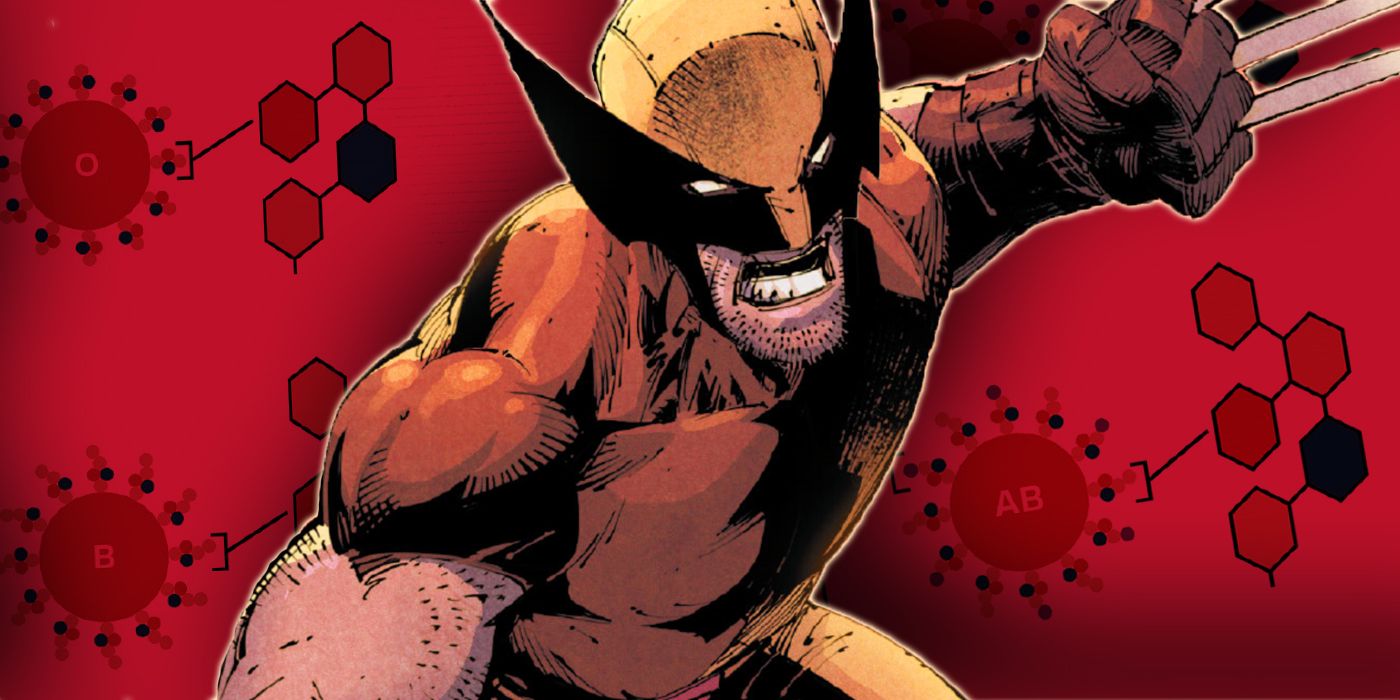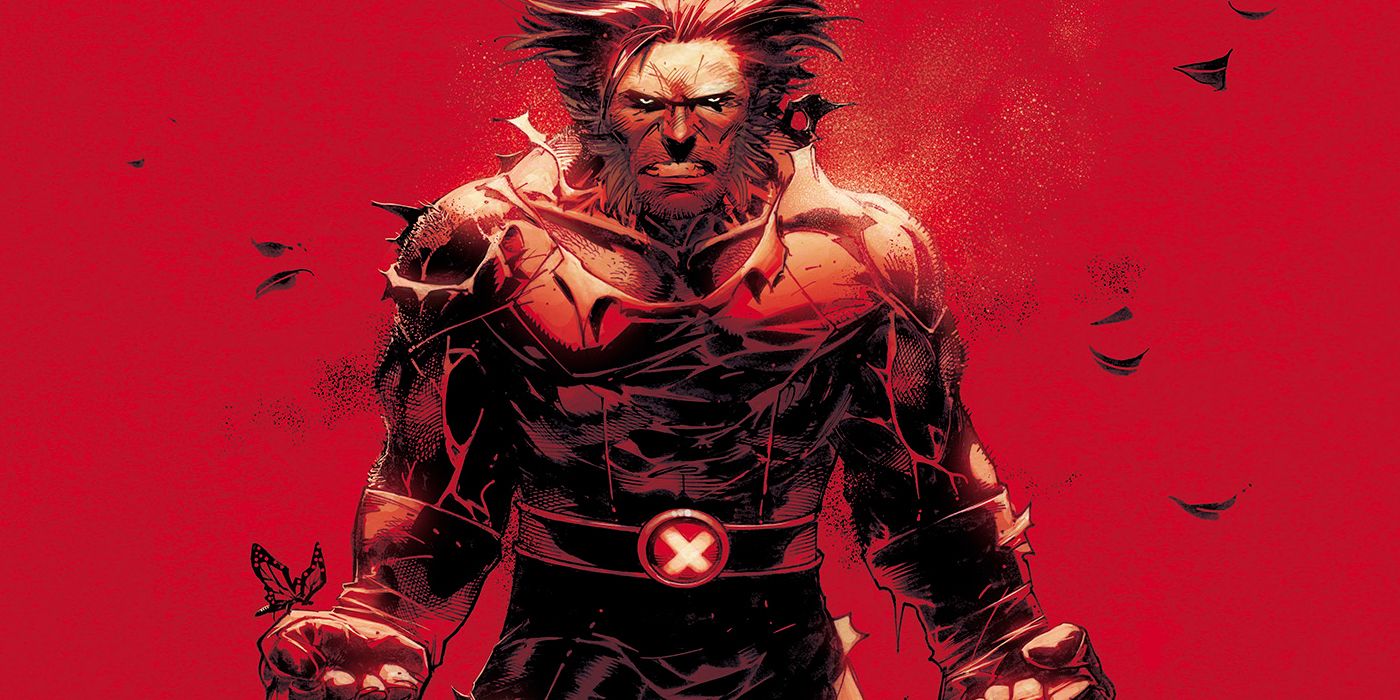WARNING: The following contains spoilers for Wolverine #1, by Benjamin Percy, Adam Kubert, Frank Martin, Viktor Bogdanovic, Matthew Wilson, VC’s Cory Petit and Tom Muller, on sale now.
Wolverine has shed a lot of his own blood over the years. Between his covert missions with X-Force and Weapon X and the countless times he’s saved the world with the X-Men and the Avengers, Logan may very well have lost more blood than any other Marvel hero. But thanks to his healing factor, it’s never been too much of an issue.
Throughout his superhero career, Wolverine’s healing factor has saved him from thousands of lethal injuries and kept him in fighting shape for well over a century. However, the precise mechanics of how Wolverine’s healing factor operates are still largely ill-defined.
While realistic science has a -- at best -- tenuous relationship with the laws that govern the Marvel Universe, Wolverine #1 just spelled out a big part of what makes Wolverine’s healing factor work: his blood.
To put it simply, Wolverine’s blood is a medical miracle. Wolverine #1 describes it as “altogether impervious” to any type of infection, cancer or autoimmune disorder. That explains some of his healing factor’s most impressive feats, like overcoming being turned into a vampire, a werewolf and a walking incubator for a parasitic Brood alien.
Instead of having Type A, B, AB or O blood, Wolverine's blood is something else, which the issue's data page identifies as “E” or "endless." With blood that’s completely compatible with any other blood type, Logan is a true universal donor. His blood even has temporary healing effects when given to someone else, as Wolverine recently proved in Savage Avengers. However, the blood tends to lose its efficacy once it’s outside of his body.
Despite all of the miraculous properties of Logan’s blood, Wolverine #1 states that its “closest cousin” is the blood of a vampire. In its final moments, this issue underscores just how deep the connection between Logan’s blood and vampires really is.
After a bloodied Omega Red shows up on Krakoa looking for help, Wolverine walks into a trap set by the resurgent Vampire Nation. With most of the Marvel Universe focused on mutants and their new nation, Marvel’s vampires are quietly gaining power under the leadership of Dracula after a civil war.
When a group of vampires ambushes Logan underneath Paris, they all take a bite out of him and suck some of his blood. After the attack, they return to their headquarters and deposit the blood in a machine that pumps it into Dracula.
Although the precise nature of what’s going on remains elusive, Logan’s blood seemingly has a healing effect on Dracula. At the end of the issue, he can be seen walking freely in sunlight, which is famously harmful to vampires.
Even though Wolverine’s blood only has limited regenerative qualities outside of his body, Dracula appears to have found a way around that rule, likely due to the similarities between their two types of blood.
In one of Wolverine’s most memorable achievements, in Chris Claremont and Alan Davis’ Uncanny X-Men Annual #11 Logan regenerated his entire body from a single drop of blood that fell on a magical crystal. While that oft-cited fact has been used to illustrate the impressive possibilities of Wolverine’s healing factor, it takes on a more ominous connotation after the events of this issue. If a single drop of Logan’s blood can do that, there’s no telling what the Vampire Nation might do with a whole lot more of it.



